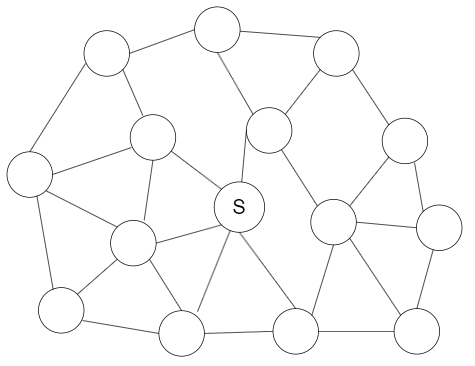- https://leetcode.cn/problems/h-index/description/?envType=study-plan-v2&envId=top-interview-150
注:题目有点难理解,多读几遍
可以这样考虑,建立另一个临时数组temp,当第i篇文章被引用citiations[i]次时,令j<=citiations[i]的temp[j]均加一,也就是现在对于任意j至少有temp[j]篇论文引用次数大于等于j。因为h是最大值,那么遍历temp最后一个满足temp[j]>=j的j就是所求。
当然,以上的时间复杂度和空间复杂度都比较大,另一种好的方法是先排序后遍历。
先将数组citiations进行排序,如何从大的一端向小的一端遍历,那么令h一开始为0,每当遍历到一个citiations[i]时,就说明多了一个满足条件的论文,h也就可以加一,直到"h大于citiations[i]"时,也就意味着不在存在满足条件的论文了,遍历也就结束了。
实现代码:
class Solution {
public:
int hIndex(vector<int>& citations) {
int temp[5001]={0};
int h=0;
for(int i=0;i<citations.size();i++){
for(int j=1;j<=citations[i];j++){
temp[j]++;
}
}
for(int i=1;i<5000;i++){
if(temp[i]>=i){
h=i;
}
}
return h;
}
};
class Solution {
public:
int hIndex(vector<int>& citations) {
sort(citations.begin(), citations.end());
int h = 0, i = citations.size() - 1;
while (i >= 0 && citations[i] > h) {
h++;
i--;
}
return h;
}
};
本文由博客一文多发平台 OpenWrite 发布!























